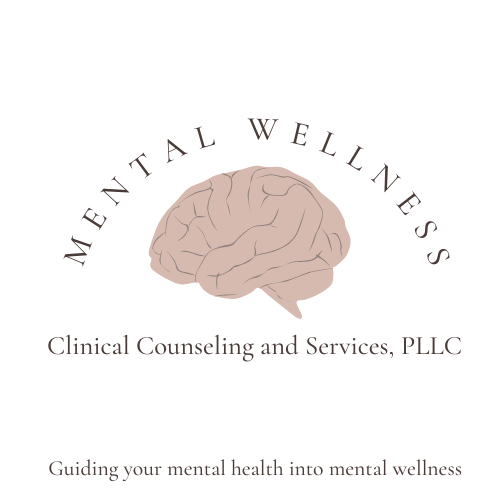Falling Into Depression?
Seasonal Depression
We have just celebrated Labor day which, for some, signifies the end of summer. The first day of the fall season begins September 22, 2022 and November 6, 2022 the time will fall back an hour for daylight savings time which will result in an hour less of daylight. The change of season in addition to the loss of an hour and less sunlight, you may begin to experience a change in mood.
Symptoms
Seasonal Depression or Seasonal Affective Disorder closes mirrors symptoms of Major Depressive Disorder but it triggered by the change in seasons such as mid fall or Winter. Symptoms may include:
Loss of motivation to do everyday activities such as getting out of bed, work related task, or basic hygiene task.
Loss of pleasure in activities that normally bring pleasure such as exercising, spending time with family/friends, or even pleasure from sex.
Withdrawal from family and friends which you may justify with dislike of the cooler or cold weather.
Sad or depressive mood, most days, within a 2 week timeframe.
For additional information on Depression, click here. Women of color often distract themselves from their reality that Seasonal Depression by creating more in their life such as increased work load/responsibility. Additionally, women of color may deny their feelings, altogether due to the stigma of mental health within the community. However, if you or someone you know, is currently experiencing the above symptoms, below are some helpful tips to manage your mental health.
Helpful Tips
Acknowledge and allow yourself to feel the feelings. Acknowledging how you feel and allowing yourself to feel the feelings is an important part of improving your mental health. Tracking your emotions from day to day, or moment to moment will provide you with a realistic view of how intense the feelings are.
Seek medical attention. If you have a great relationship with your Primary Care Physician, share how you have been feeling with that person to ensure how you are feeling is not due to any medical condition.
Journal. Journalling is a very effective tool utilized within the mental health community. It allows you to get those negative, intrusive, or anxious thoughts that are not serving you out of your head. In turn creating space for thoughts and visuals that better align with you and your future.
Exercise. There is a plethoria of information that supports that body movement can increase or improve your mood. Movement as simple as a ten minute walk, reconnecting with nature, can be beneficial to your body and your mind.
If you have developed a routine that incorporates one or all of the above and have noticed an improvement in mood, it may be time to seek a counselor or therapist. Therapist are trained to provide a clinical diagnosis as well effective coping skills personalized to you and your goals. If you need assistance finding a therapist in your area, some helpful links are listed below.
Mental Wellness Clinical Counseling and Services is also accepting new clients in states NC, SC, MD, and VA. If you are interested in working with me personally, you can check my rates and accepted insurance here or schedule a consultation here.
Be sure to subscribe to the blog to continue to receive helpful information!


